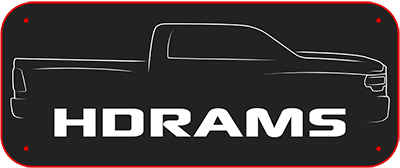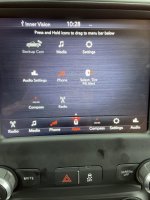Actually, it's not as simple as that...
First, compare just 2 size of tires that I will fit on my 2020 3500 ltd:
1. the OEM LT285/60R20 tires, load range E, load index 125, carrying capacity of 3640lbs at 80psi
2. a replacement LT295/70R18, also load range E, but load index 129, carrying capacity of 4080lbs at 80psi
On the tire in example #2 above, you can reduce air pressure by about 10psi all the way around and maintain the same MAX load capacity. So, I can run 70psi rear and 55psi front, even if I am fully maxed out on my weights, and have the same tire carrying capacity.
Second, tire pressures as you've described are for vehicles that will be loaded to near max capacity. Have a look at the following tire pressure chart for the OEM tire size:
https://tirepressure.com/lt285-60r20-tire-pressure
To show what that means for my 3500 ltd when empty, the rear axle empty weight is less than 3500 lbs total. Using the above chart, on the OEM tires, I could air down to 40psi and still have several hundred pounds of extra carrying capacity. For the front tires, where my empty axle weight might be ~5000lbs, I could run at 50psi and still be more than adequate.
BTW, I've tried that low and the OEM tires get too squirmy on the road, so empty I settled on about 55psi as a good compromise.
On an HD truck where empty and loaded weights can vary by thousands of pounds, adjusting air pressure will help with tire life and ride quality. As others have mentioned, a chalk test can help. (It's winter here so I can't do the chalk test)
IMHO, No need to run the full pressures of 80/65psi when empty. Look on tirepressure.com or other sites to help you make the decision on the optimal tire pressure for the load you are hauling (or lack of load).
B

